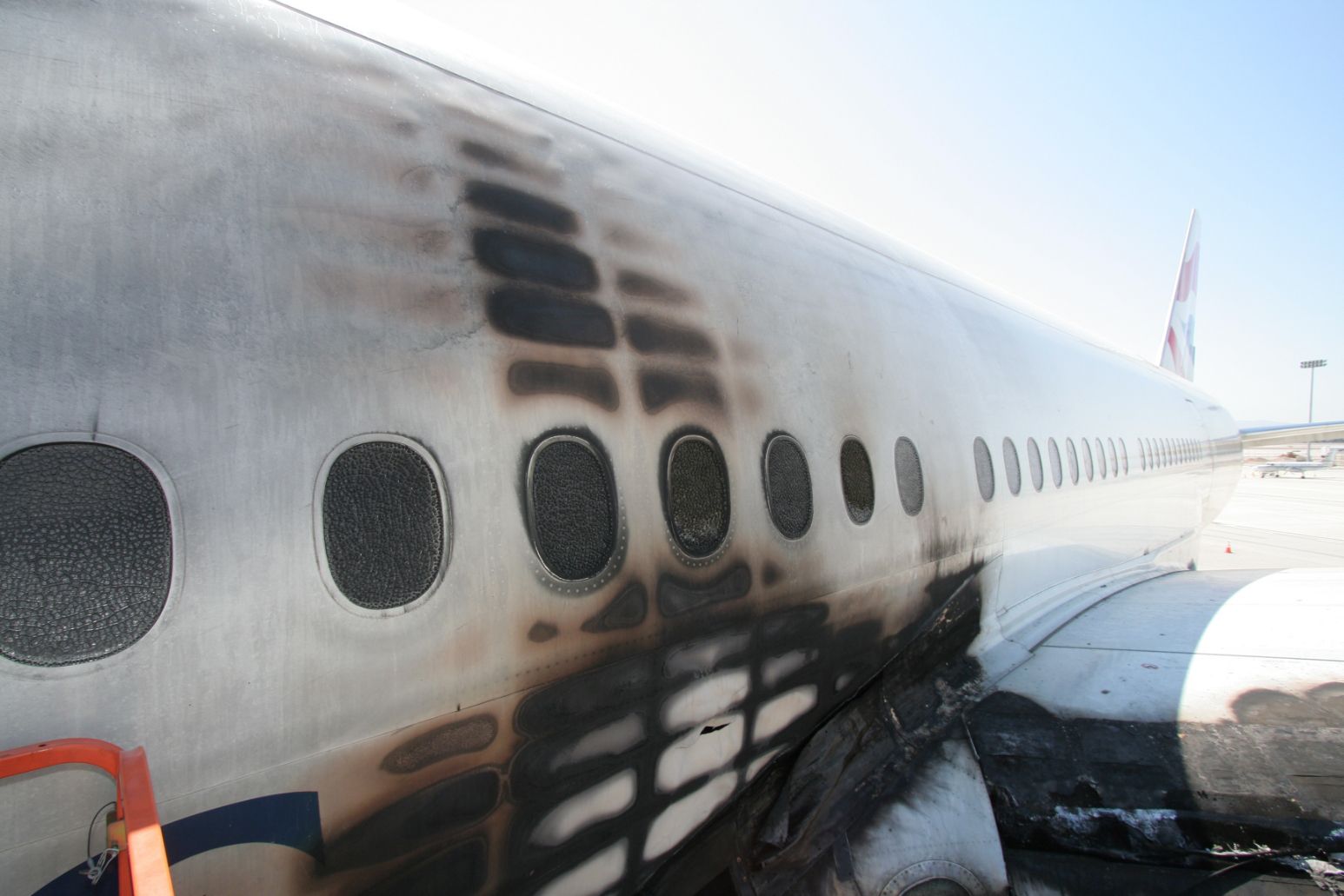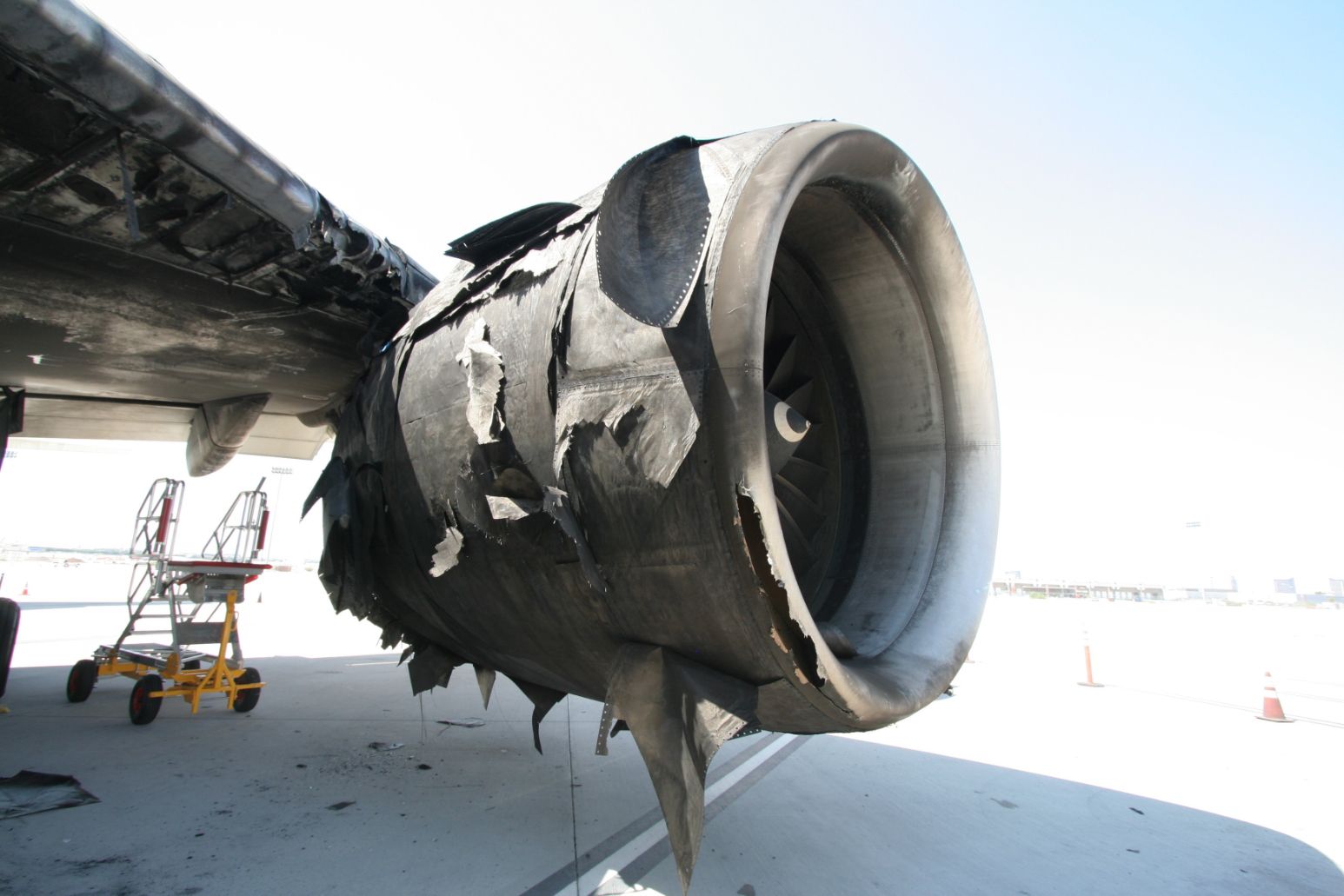On September 8, 2015, a 16-year-old British Airways Boeing 777-200 with the registration G-VIIO suffered an uncontained engine failure forcing the captain to abort the takeoff. British Airways Flight BA2276 was a regularly scheduled flight between Las Vegas-McCarran International Airport (LAS) and London-Gatwick Airport (LGW).
The captain in charge of the flight was 63-year-old Chris Henkey, who had worked for British Airways for 42 years. He was a highly experienced pilot with more than 30,000 flight hours, 12,000 of which was on the Boeing triple seven. The flight was intended to be his second to last before retiring. However, following the incident, he decided that Flight 2276 was his last.
The relief pilot was flying as the first officer at the time of the incident
The first officer for the flight was 30-year-old Ian Callaghan, who had been with British Airways for nine years, during which time he had 6,400 flight hours, with 3,100 of them on the Boeing 777. The relief pilot was 45-year-old Kevin Hillyer who, like Captain Henkey, was highly experienced, clocking in 10,000 flight hours on the Boeing 777. At the time of the incident, he was flying as the first officer.
The plane departed McCarran Terminal 3 at 15:53 local time and taxied out to Runway 07L for takeoff. At around 16:12, after having lined up for takeoff, the captain advanced the engines to maximum thrust. They heard a loud bang during the takeoff roll just as the plane reached 80 knots. Following the bang, the plane started to veer to the left, and the captain announced that he was aborting the takeoff. Immediately retracting the thrust levers to idle and applying the wheel brakes, the first officer noticed that the thrust levers were moving forward and disconnected the autothrottle.
The planes No 1 left engine was on fire
As the plane stopped, instruments indicated that the gas temperature in the left No 1 engine was too high, leading to an audible fire bell sounding. The captain applied the plane's parking brakes and asked for the FIRE ENG LEFT checklist. The first officer switched off the fuel and discharged the engine's two fire extinguishers.
After noticing smoke, the first officer asked the captain if he should go into the cabin and investigate, to which the captain agreed. After seeing black smoke and an orange glow from the cabin windows, the first officer told the plane's flight attendants to prepare to evacuate the aircraft. He then returned to the cockpit and told the captain they needed to get off the plane.
The captain told the first officer to radio the tower and inform them of the situation while he activated the evacuation alarm. No sooner than he had decided to evacuate, the forward cargo fire warning light illuminated, and the fire alarm sounded in the cockpit. Arming the cargo fire suppressors, the captain discharged three of the five bottles.
As this happened, all 157 passengers and 13 crew members evacuated the plane using the aircraft's emergency slides, injuring 18 passengers and two crew members.
Airport emergency services were on the scene following the Mayday call and had the fire extinguished within five minutes.
The investigation
The National Transportation Safety Board (NTSB) was in charge of the investigation, assisted by the FAA, Boeing, and General Electric. British Airways sent its investigator and a UK Civil Aviation Authority representative. On October 6, 2015, the NTSB released its initial report, which said that the cause of the fire was the failure of the stage 10 spool in the high-pressure compressor section. This led to the main fuel supply line becoming detached from the engine's fuel pump. A fatigue crack in the spool that was not identifiable by physical inspection contributed to the spool failure.

_(8227914697).jpg)
_G-VIIH.jpg)

